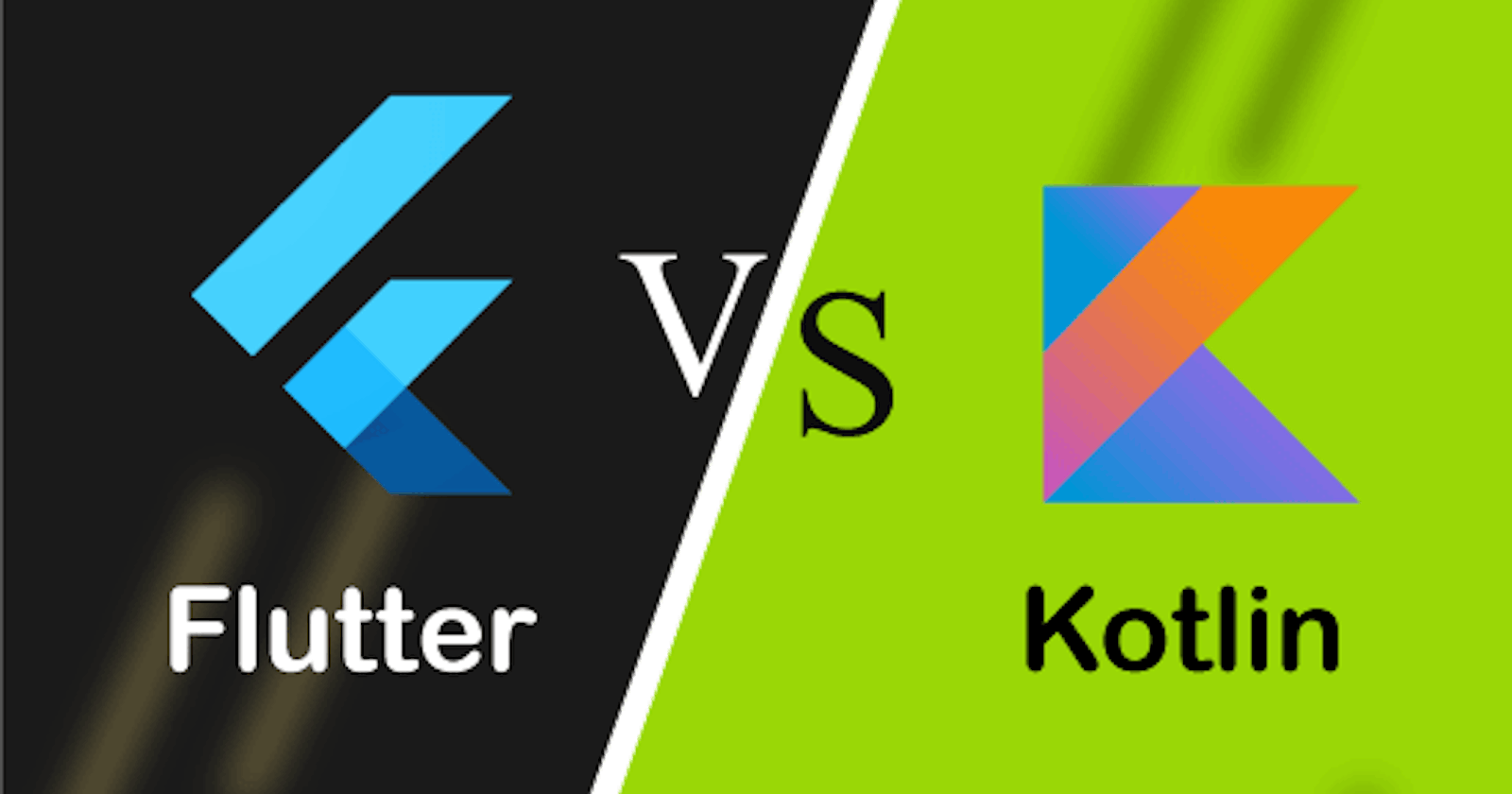Flutter
Flutter, developed by Google, is an open-source software development kit (SDK) for creating user interfaces (UI). It enables developers to build applications that work across multiple platforms, including mobile, web, and desktop, using a single codebase. Flutter employs the Dart programming language and offers a wide range of pre-designed widgets and tools to facilitate the development of visually appealing and responsive UIs.
One of the primary motivations for choosing Flutter over Kotlin, a programming language used for Android app development, is its cross-platform capability. By using Flutter, developers can write code once and deploy it on various platforms, eliminating the need for separate app development using Kotlin and other platform-specific technologies. This approach saves time and effort.
Advantages of Flutter:
Swift Development: Flutter's hot reload feature enables real-time visualization of changes, resulting in faster and more efficient development.
Single Codebase: With Flutter, developers can write a single codebase for multiple platforms, reducing development time and simplifying maintenance efforts.
Native Performance: Flutter utilizes a high-performance rendering engine, delivering smooth and native-like performance across different devices.
Extensive UI Customization: Flutter provides a broad selection of customizable widgets, empowering developers to create visually captivating and engaging UIs.
Strong Community and Documentation: Flutter enjoys an expanding community that actively contributes to its ecosystem. The abundance of comprehensive documentation and community support makes learning and troubleshooting easier.
Disadvantages of Flutter:
Limited Libraries and Packages: Although Flutter's ecosystem is growing, it may currently offer fewer libraries and packages compared to more mature frameworks. Nonetheless, ongoing development and increased community contributions are improving this aspect.
Larger App Size: Flutter apps tend to have larger file sizes due to the inclusion of the Flutter engine and framework, which can be a consideration for storage-limited devices.
Platform-specific Functionality: While Flutter supports cross-platform development, it may lack access to certain platform-specific features and APIs. In such cases, developers may need to write platform-specific code to achieve desired functionality.
The future of Flutter appears promising, as it has gained substantial popularity due to its advantages and capabilities. Google's continued investment in Flutter, coupled with its expanding community and adoption rate, suggests a bright future for the framework. Flutter is expected to grow even more robust, with additional libraries, tools, and performance enhancements, making it an enticing choice for cross-platform application development.
Kotlin
Kotlin is a contemporary programming language that operates on the Java Virtual Machine (JVM) and is intended to be fully compatible with Java. It was created by JetBrains and officially launched in 2016. Kotlin is recognized for its brevity, safety features, and seamless integration with existing Java codebases.
Kotlin presents numerous benefits over Flutter, a user interface (UI) framework used for constructing cross-platform mobile applications. While Flutter employs Dart as its programming language, Kotlin can be utilized for both native Android development and cross-platform development through frameworks like Kotlin Multiplatform Mobile (KMM). This flexibility makes Kotlin an attractive choice for developers who want to utilize their existing Java expertise or work on projects that require native Android development in addition to cross-platform capabilities.
Advantages of Kotlin:
Interoperability: Kotlin is fully interoperable with Java, enabling developers to smoothly integrate Kotlin code with existing Java codebases. This facilitates the gradual migration of Java projects to Kotlin.
Conciseness: Kotlin offers a more concise syntax compared to Java, reducing the amount of boilerplate code and enhancing developer productivity. It incorporates features like type inference, extension functions, and null safety, resulting in cleaner and more readable code.
Null safety: Kotlin includes built-in null safety features, minimizing the risk of null pointer exceptions. It provides nullable and non-nullable types, compelling developers to explicitly handle null values and preventing common runtime errors.
Coroutines: Kotlin introduces coroutines, which offer a simpler and more efficient approach to asynchronous programming. Coroutines enable developers to write asynchronous code in a sequential and straightforward manner, improving code readability and maintainability.
Disadvantages of Kotlin:
Learning curve: Although Kotlin is designed to be easy for Java developers to learn, there is still a learning curve associated with understanding Kotlin-specific features and best practices. Developers new to Kotlin may require some time to adapt and become proficient in the language.
Build size: Kotlin's runtime library contributes to the size of the compiled code, which can increase the overall size of the application. However, Kotlin's bytecode optimization can help mitigate this issue to some extent.
The future of Kotlin appears promising. It has gained substantial popularity and adoption within the Android development community, and Google officially supports Kotlin as a primary language for Android app development. Kotlin's versatility for both native and cross-platform development positions it well for the future, particularly with the continued growth of Kotlin Multiplatform Mobile (KMM). Additionally, JetBrains actively maintains and updates Kotlin, introducing new features and enhancements to improve the language.
In summary, Kotlin provides several advantages including interoperability, conciseness, and null safety. It is often favored over Flutter when developers require native Android development capabilities alongside cross-platform capabilities. Although Kotlin involves a learning curve, its popularity and ongoing development efforts suggest a promising outlook for the language.

